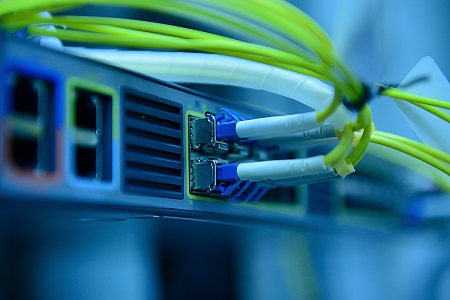The cost of fiber-based internet decreases each year, but it remains more expensive than traditional cable or DSL internet. With lower speeds of business-class fiber now available for less than $500 a month, however, it might be time for your business to consider a transition away from copper-based connections. Here are a few scenarios where fiber internet might be worth the jump.
Uptime:
Although guaranteed uptime varies from provider to provider, fiber connections go down less frequently. Copper relies on electricity to transmit data, while fiber relies on light – so anything that can affect electricity, from power outages to electric interference, do not affect fiber. If it’s important for you to have the highest levels of internet uptime, fiber may well help you accomplish that goal.
Upload Speeds:
Depending on your exact location, cable providers in the Triangle offer speeds as high as 300 megabits for download speeds, which is enough for most small and mid-size businesses. However, if you upload a large amount of data to the internet (or transmit it from one business location to another), you may need more speed than cable can provide. That’s because upload speeds are only around 10% as high as download speeds depending on the package you purchase. Fiber access, however, generally has identical upload and download speeds.
Dedicated Internet Access:
With cable internet, multiple business share a single circuit. This means that your internet speeds can be reduced if other businesses on the same circuit are using it heavily. Fiber connections are typically on a dedicated circuit, however, meaning you should always have the full bandwidth you are purchasing, regardless how much data other nearby businesses are using.
Need help making technology decisions for your business? Call WingSwept at 919-779-0954 or contact us online to learn how our Managed Services offering can help your business make technology decisions that align with your business objectives.

